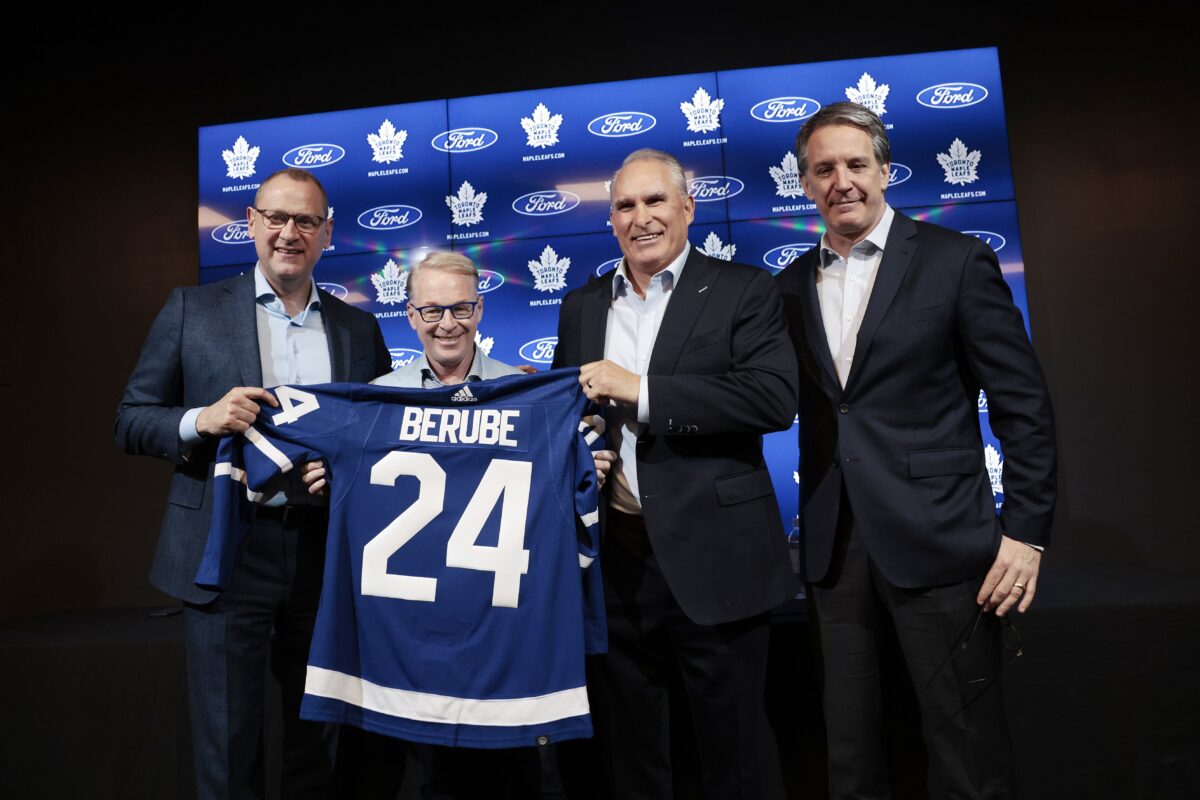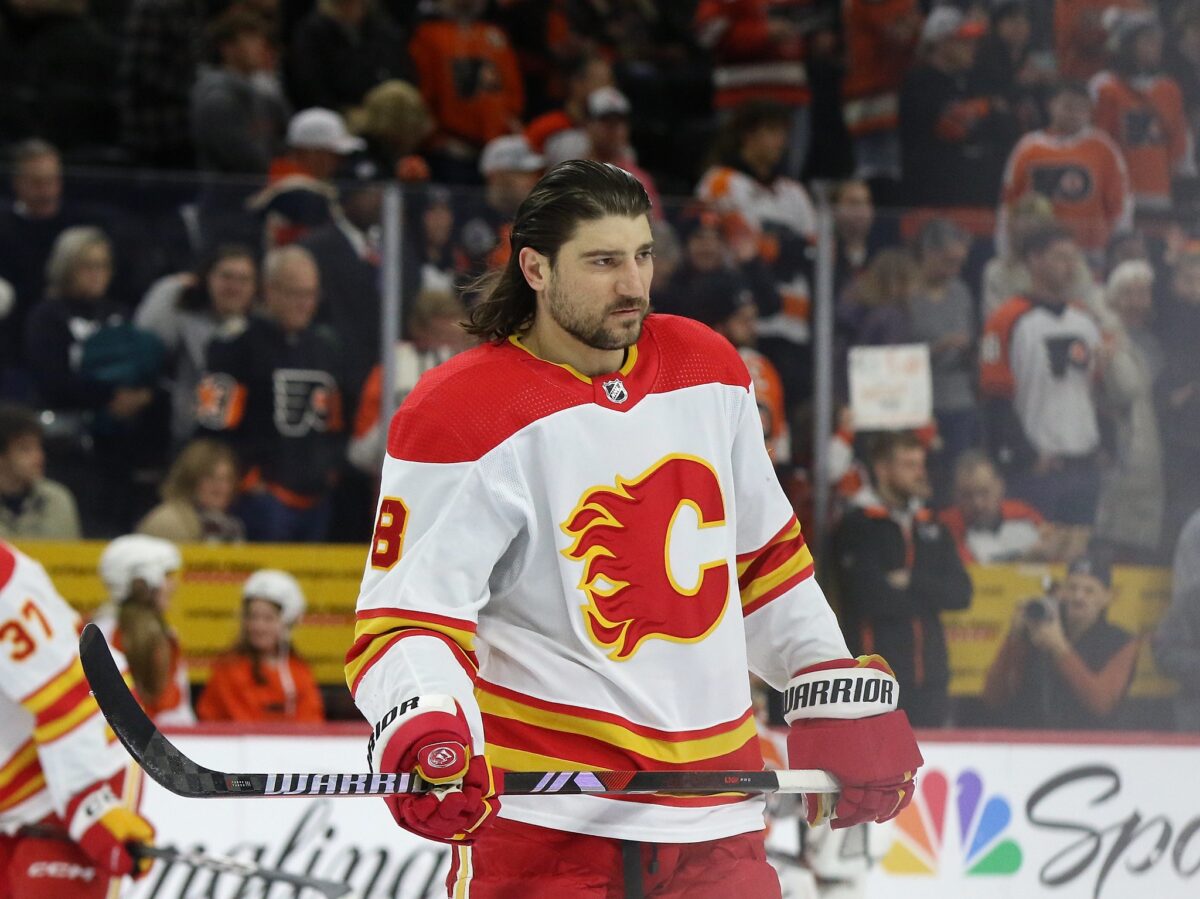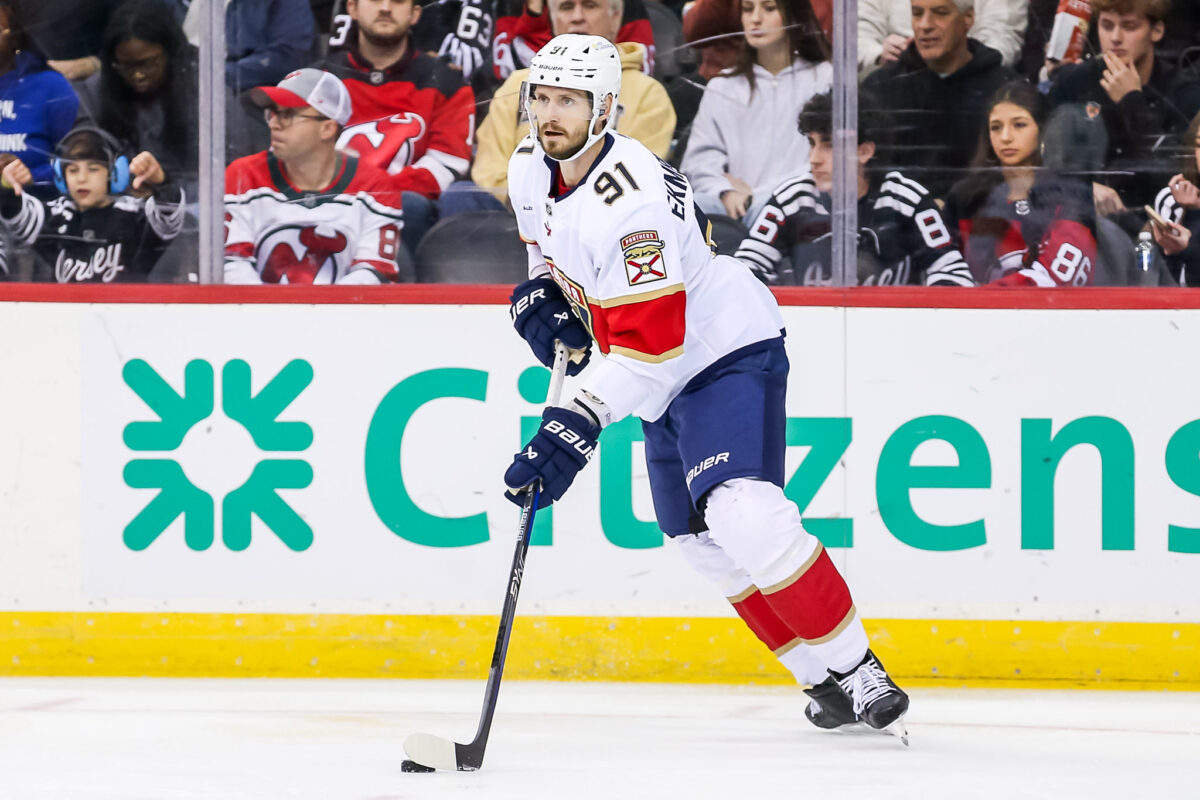The Toronto Maple Leafs have made the playoffs consistently but have fallen short in the postseason. Under former general manager (GM) Kyle Dubas, the team had the elite talent to secure playoff berths every season. However, the playoffs are a different beast—demanding physicality, shutdown defence, and a departure from wide-open hockey. When Dubas left to join the Pittsburgh Penguins, Brad Treliving took over and reshaped the team with a clear vision (over two offseasons).
Treliving Is Building the Roster from a Player’s Perspective
As a former defenseman, the 6-foot-4, 225-pound Treliving values defence and physicality as keys to postseason success. Gone is the puck-control style; Treliving has re-sized the Maple Leafs, focusing on big, physical players. He has brought in significant physical presence, including new head coach Craig Berube. Berube, the runt of the litter at 6-foot-1 and 205 pounds, was known for his physical play and fighting prowess during his playing days. He put up a huge number of penalty minutes – 3149 in total during an NHL career known more for fighting than scoring.
Related: Maple Leafs’ Easton Cowan Set on Making NHL Roster
This focus on size epitomizes the team’s new direction. In Treliving’s two offseasons, the bigger-is-better mentality is officially in place. His playing career spanned eight seasons and an impressive array of 14 teams. He began his journey with the Penticton Knights and continued with the Portland Winterhawks, Brandon Wheat Kings, Spokane Chiefs, Ladner Penguins, and Regina Pats in junior hockey. His professional career included stints with the Winston-Salem Thunderbirds, Greensboro Monarchs, Indianapolis Ice, Columbus Chill, New Haven Senators, Prince Edward Island Senators, Charlotte Checkers, and Louisville Icehawks. This extensive and varied experience across multiple leagues and teams has undoubtedly influenced his perspective as a GM.

Treliving’s approach to reshaping the Maple Leafs’ roster reveals a clear bias rooted in his playing experience as a low-level defenseman. His focus on increasing the size and physicality of the team reflects his understanding of the game from a defenseman’s perspective. Treliving knows firsthand the importance of strong defensive play, physical presence, and toughness, especially during the playoffs, and, as a result, he has brought in bigger, more physical players to bolster the team’s defensive stability and overall resilience. This shift from a finesse-driven roster to one emphasizing grit and defence aligns with Treliving’s belief that these qualities are essential for postseason success.
The Maple Leafs Have Had a Noticeable Increase in Size
Treliving has acquired numerous large players in just over a year, fundamentally changing the team’s composition. He is banking on the elite forwards to secure playoff positions and the size and physicality of the new roster to succeed in the gruelling postseason. This re-sizing of the Maple Leafs raises the question: can this new approach finally bring postseason success to Toronto?
Related: Will Craig Berube Unleash Maple Leafs’ Super Line This Season?
Looking ahead to the regular season, there is a strong case to be made that Treliving has significantly improved the team by making it bigger. This strategic reshaping could be crucial for the postseason, where physicality and size often determine a team’s success.
While there might be some debate about the skill of the Maple Leafs’ free-agent acquisitions, one clear trend is evident. The team is now bigger. Of the seven new unrestricted free agents the Maple Leafs signed, only one is under 6-foot-2, Dakota Mermis, who is listed at 6 feet and 200 pounds. The rest are notably larger:
- Jani Hakanpaa: 6-foot-6, 225 pounds
- Phillipe Myers: 6-foot-6 and 220 pounds
- Anthony Stolarz: 6-foot-6 and 245 pounds
- Cedric Pare: 6-foot-5 and 200 pounds
- Oliver Ekman-Larsson: 6-foot-2 and 200 pounds
- Chris Tanev: 6-foot-2 and 195 pounds

(Amy Irvin / The Hockey Writers)
This averages out to a height of 6-foot-4½” and a weight of 215 pounds, significantly increasing the team’s overall size.
Even Treliving’s Draft Strategy Focused on Size
Treliving’s focus on size is also evident in his 2024 NHL Entry Draft picks, where none of the players selected were under 6-foot-1. The tallest and heaviest picks include Matt Lahey, 6-foot-5 and 205 pounds; Timofei Obvintsev, 6-foot-3 and 180 pounds; and Nathan Mayes, 6-foot-3 and 170 pounds. These picks average over 6-foot-2 in height and around 180 pounds. Considering they are all 18, they will likely grow taller and stronger as they mature.
Related: Matt Rempe Is Choosing a Dangerous Path to NHL Success
Another notable addition is 6-foot-7, 210-pound defenseman Cade Webber. Acquired from the Carolina Hurricanes and signed to a two-year entry-level contract, Webber adds even more size to the roster.
The Importance of Size in the Postseason Is a Shift in Strategy
While elite players can often carry a team through the regular season, the gruelling nature of the playoffs demands a different kind of strength. Larger players can dominate physically, wear down opponents, and create space on the ice, which is critical in high-stakes games.

This is a significant departure from GM Kyle Dubas’s approach, which often prioritized smaller, skilled players. Treliving is working to create a more balanced and physically imposing team, which should reduce the space available to opponents on the ice.
Treliving’s focus on increasing the team’s size addresses a critical aspect of postseason success. With improved goaltending, a stronger defence, and an emphasis on physicality, the Maple Leafs are better positioned for a deep playoff run. This strategic shift could be the key to transforming regular-season prowess into postseason success.
[Note: I want to thank long-time Maple Leafs fan Stan Smith for collaborating with me on this post. Stan’s Facebook profile can be found here.]
